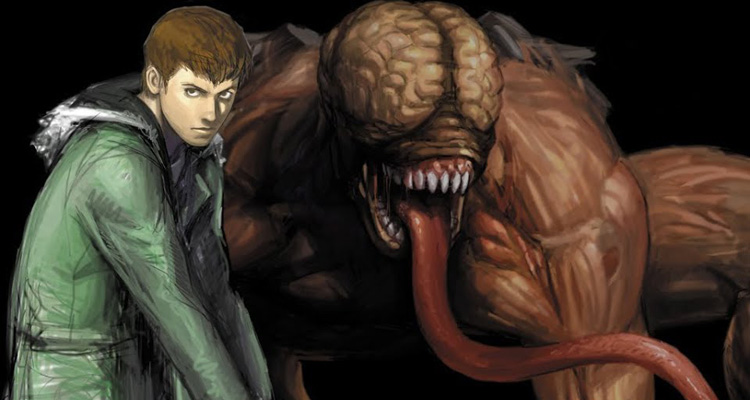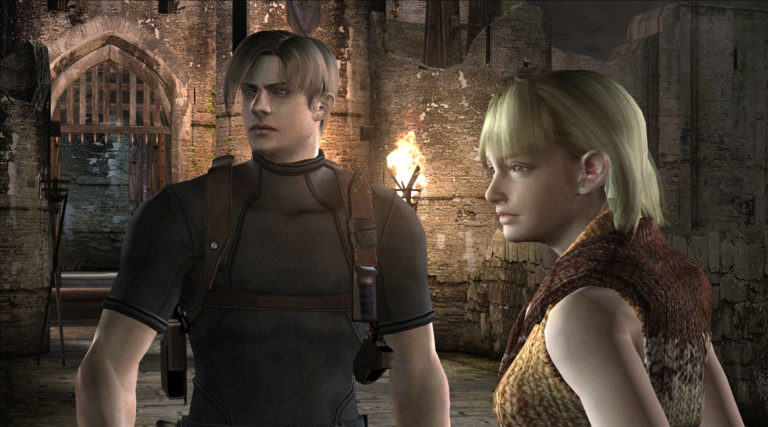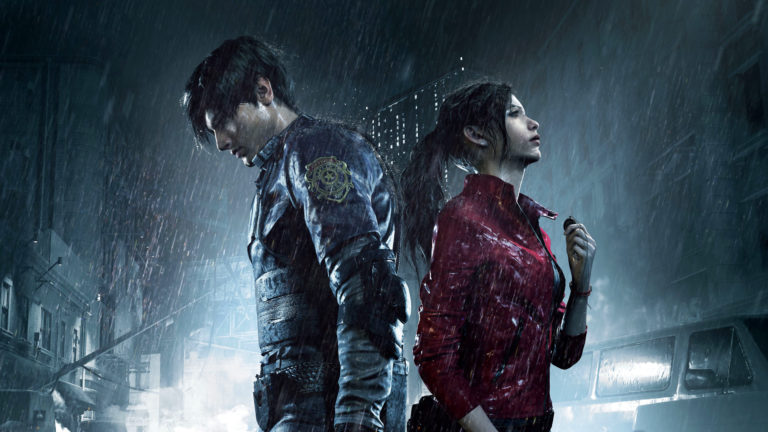Welcome back to the Resident Evil love/hate series! Previously we went through the series from the remake...
Resident Evil (VG)
After the bloated and unpolished Resident Evil 6, excitement for a new mainline Resident Evil game was...
Resident Evil 6 is often considered the point where the franchise jumped the shark, leading to Capcom’s...
Resident Evil 5 was actually the first Resident Evil game I got far into. I had a...
Resident Evil 4 is often considered one of the greatest games of all time, having reinvented the...
While the remake of Resident Evil 2 was widely acclaimed, the follow-up remake of Resident Evil 3...
It took nearly twenty years, but fans finally got the Resident Evil 2 remake they had been...
Welcome back to another Love/Hate series! You may be surprised to hear that, despite having a whole...







